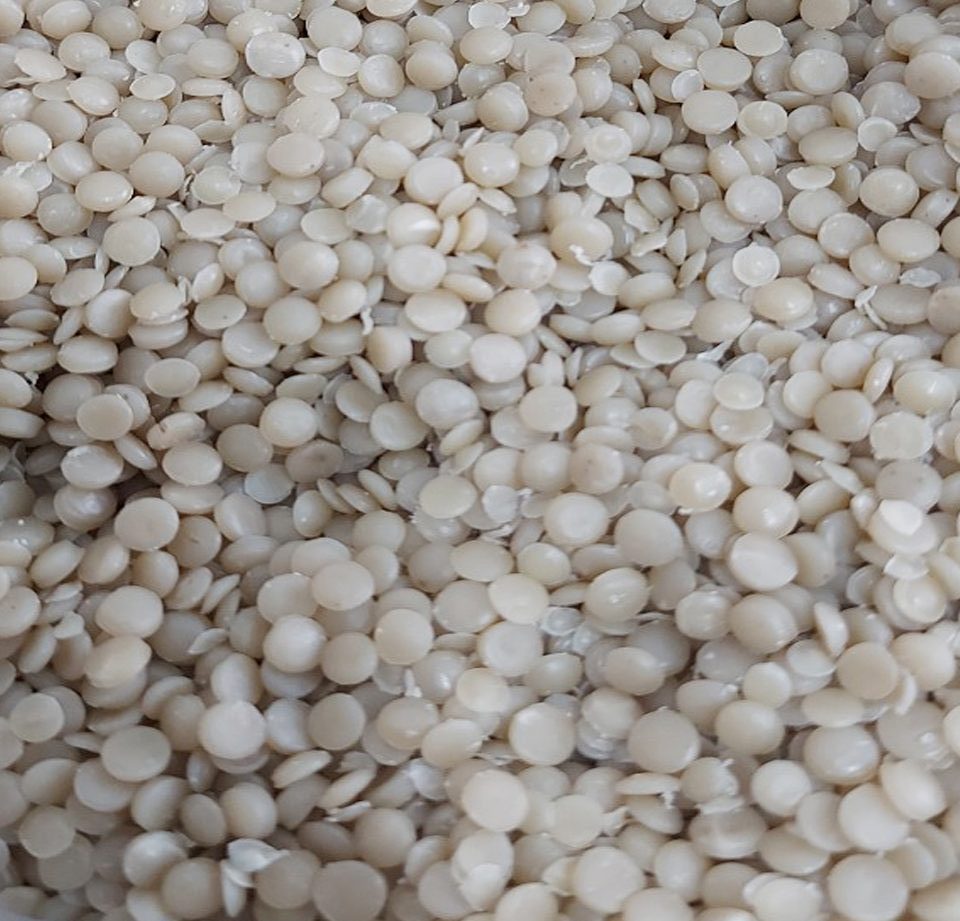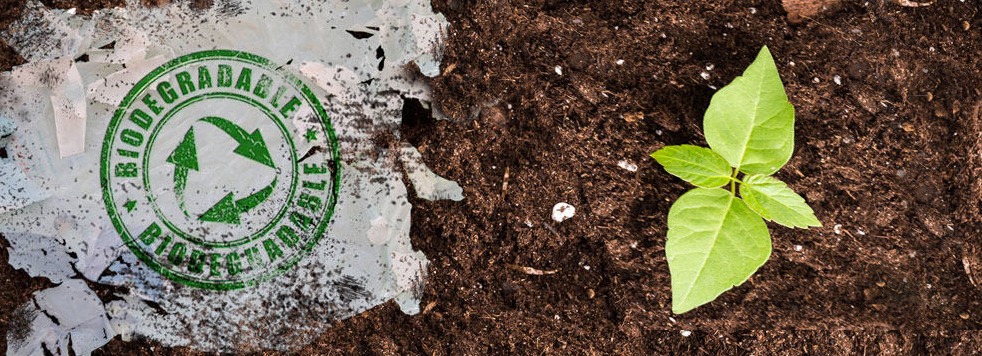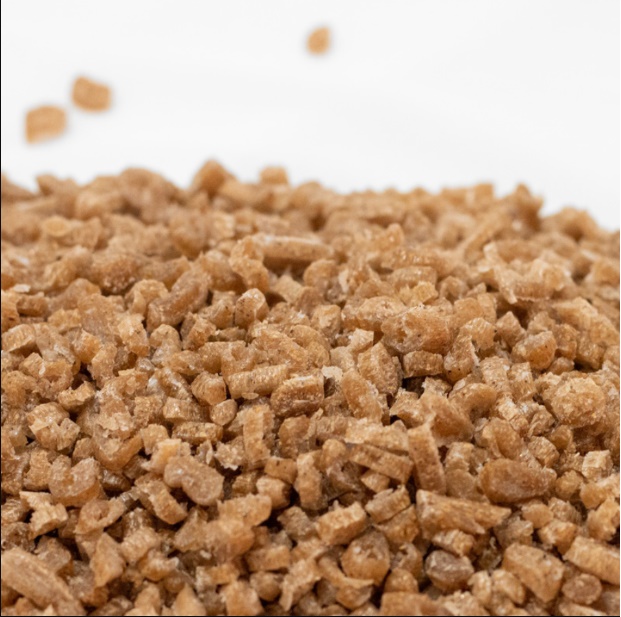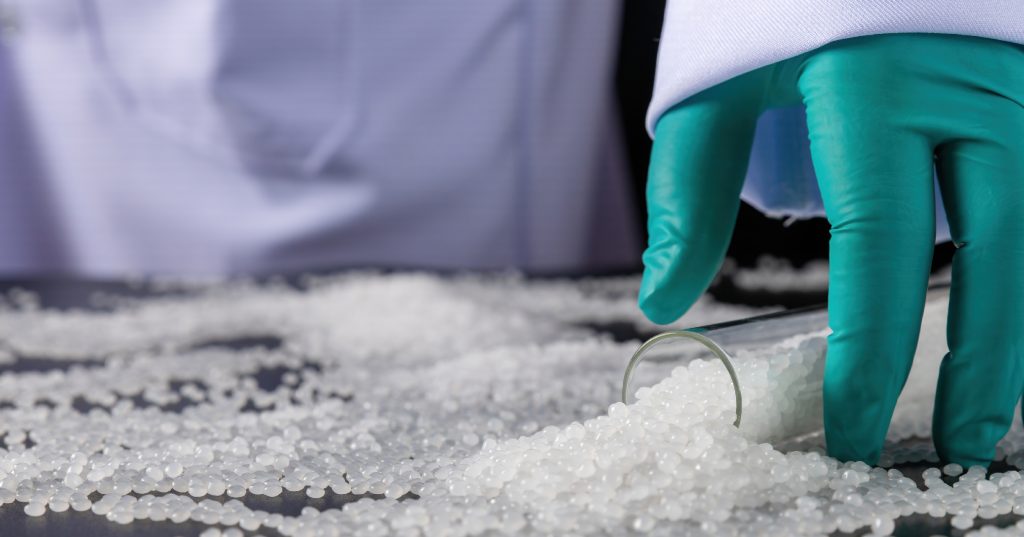Plastic knowledge
Classifying plastic materials based on origin
Plastic materials have become an indispensable part of our daily lives, from food packaging to electronic devices. However, not all plastics are created equal. In fact, plastics can be created from various sources. In this post I’ll classifying plastic materials based on their origin. By understanding these classifications, we can make more informed decisions about the types of plastics we use and how we dispose of them.
I. Classifying plastic materials based on origin
| Virgin Plastics | Recycled Platics | Biodegradable Plastics | Bio-based Plastics | |
| Origins | Fossil fuels | Used or discarded plastic products | Renewable resources and traditional plastics | Renewable biomass |
| Characteristic |
|
|
Capable of self-decomposition | Can be biodegradable or non-biodegradable. |
| Application | Used in products that require high quality |
|
Making household appliances, food packaging, and consumer goods. | Mostly disposable items. |
A. Virgin plastics

Virgin plastics are plastics that are produced directly from fossil fuels or other raw materials. They have not been previously used or processed, making them completely new and free from any impurities. Virgin plastics are known for their high quality, strength, and durability, making them ideal for applications where performance and reliability are paramount.
Some common examples of virgin plastics include polyethylene (PE), polypropylene (PP), polyvinyl chloride (PVC), and polystyrene (PS). These plastics are widely used in a variety of industries, from packaging to construction to automotive, due to their excellent properties and versatility.
(Read more: Production process of virgin plastic)
B. Recycled plastics

Recycled plastics are plastics that have been processed and transformed from used or discarded plastic products. They are a sustainable alternative to virgin plastics, as they help reduce waste and minimize the environmental impact of plastic production. Recycled plastics may not always have the same quality and properties as virgin plastics, but advancements in recycling technology have made it possible to produce high-quality recycled plastics for a wide range of applications.
Common examples of recycled plastics include recycled polyethylene terephthalate (rPET), recycled high-density polyethylene (rHDPE), and recycled polypropylene (rPP). These plastics are used in various products, such as bottles, containers, and packaging, to promote recycling and circular economy principles.
C. Biodegradable plastics

Biodegradable plastics are plastics that can be broken down by natural micro-organisms into environmentally friendly byproducts, such as water, carbon dioxide, and biomass. They offer a sustainable solution to the issue of plastic pollution, as they do not accumulate in the environment and contribute to plastic waste. Biodegradable plastics come in various forms, including bioplastics made from renewable resources and traditional plastics modified to be biodegradable.
Examples of biodegradable plastics include polylactic acid (PLA), polyhydroxyalkanoates (PHA), and starch-based plastics. These plastics are used in food packaging, disposable utensils, and agricultural films, among other applications, to reduce the environmental impact of plastic waste.
D. Bio-based plastics

Bio-based plastics are plastics that are derived from renewable biomass sources, such as plants, algae, or bacteria. They offer a sustainable alternative to conventional plastics, as they help reduce the reliance on fossil fuels and lower the carbon footprint of plastic production. Bio-based plastics can be biodegradable or non-biodegradable, depending on their composition and intended use.
Some examples of bio-based plastics include polyethylene made from sugarcane ethanol (bio-PE), polyethylene terephthalate made from plant-based sources (bio-PET), and polyhydroxybutyrate (PHB) produced by bacterial fermentation. These plastics are used in various products, from bottles to textiles to automotive parts, to promote sustainability and reduce greenhouse gas emissions.
II. Conclusion
Understanding the origin of plastic materials is crucial in order to make informed decisions about their use and disposal. By tracing the origins of plastic, we can gain insight into the environmental impact of its production, including energy consumption and carbon emissions. This knowledge can inform efforts to reduce our reliance on virgin plastic and shift towards more sustainable alternatives. Furthermore, understanding where plastic comes from can help us to better address issues such as pollution and plastic waste management. By being aware of the origins of plastic materials, we can work towards creating a more sustainable and responsible approach to our use of plastic in today’s world.
CPI Plastics Vietnam is a manufacturer and direct importer of virgin plastic and recycled plastic in Vietnam. In addition, CPI Plastic also produces plastic additives such as: colored masterbathc, filler masterbatch , UV additives, fireproof additives, etc. You can contact directly at the Hanoi office or contact hotline 0913046902 for advice and the best quote.

